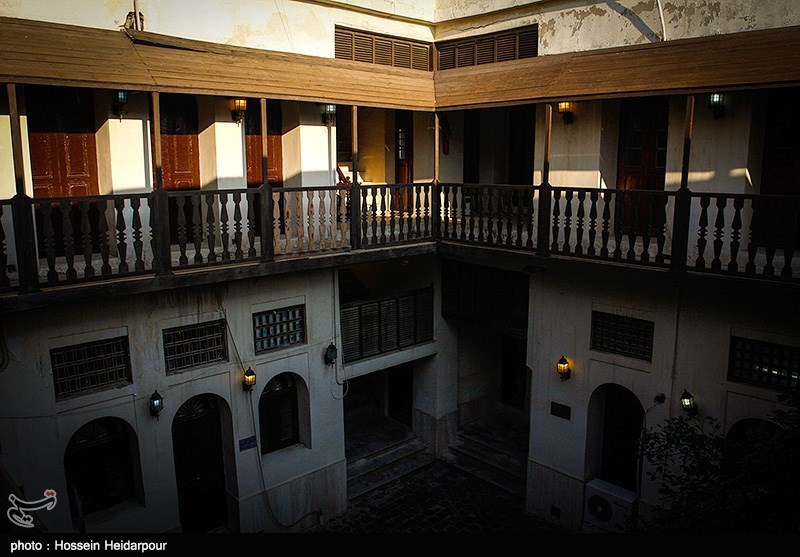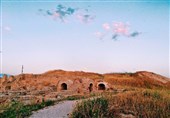The Anthropology Museum of Iran's Bushehr
TEHRAN (Tasnim) - Bushehr is an ancient city. There are numerous historical monuments that prove this fact and they include remains of Ramardeshir, Gur-e Dokhtar Tomb, and Shoghab Cemetary. They go back to Sassanid and Parthian Empires.
Bushehr is the city of sea and date tree gardens. With its historical tourist sites like Malek Mansion, old architecture, the bazaar of Bushehr, the General cemetery, the cemetery of the British, and the Museum of Ethnography, Bushehr annually attracts a great number of visitors.
There is a magnificent mansion built along the beach road to Behbahan. It is a white building that, like many other old houses of Bushehr, is made of coral limestones. It is known as Amiriyeh Mansion. Years later, a person named Taheri bought this building, hence the name Taheri Mansion.
The land of the building was bought from a merchant called Mr. Jamshidian. The construction of the elaborate building began in 1317 by the order of Ahmad Khan Daryabeigi who was the ruler of all the ports and islands of the Persian Gulf at the time. It took two years to finish the building and it was originally the Darul Hukumat or the ruling house of Bushehr.
During the first Pahlavi era, Seyed Hosein Sa’adet became the mayor of this district and founded the city hall in the mansion. This building kept its function as the city hall until years after the Iranian Revolution. In 1376 SH, by the purpose of the Cultural Heritage, Handicrafts and Tourism Organization of Iran, the officials decided to turn Taheri Mansion into a museum of ethnography.
The purpose of this museum is to exhibit different aspects of the daily lives of people of Bushehr and their tradition. The museum opened in 1378 SH.
Taheri Mansion has two stories, and each has a central yard with rooms all around it. There is a wooden balcony in the second story that has a breathtaking view of the sea.
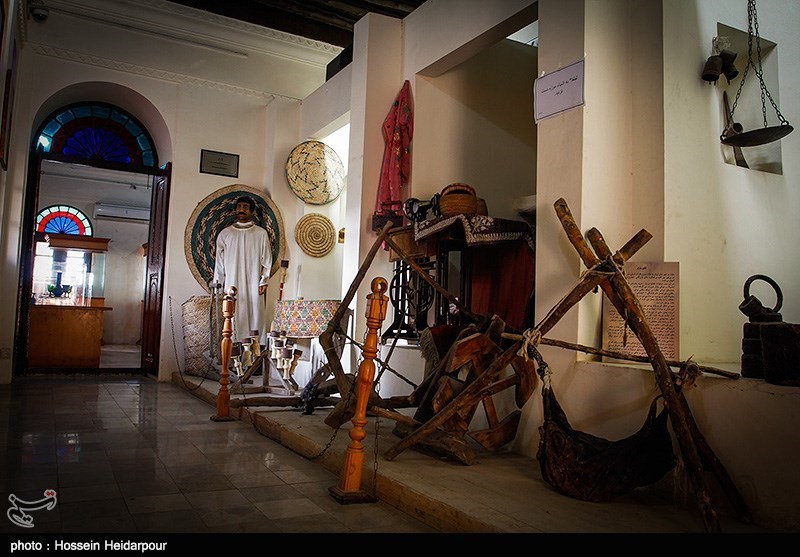

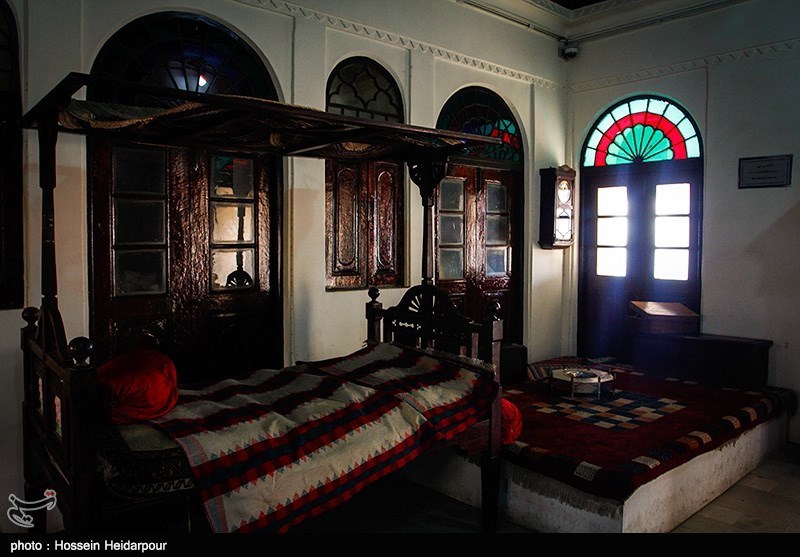
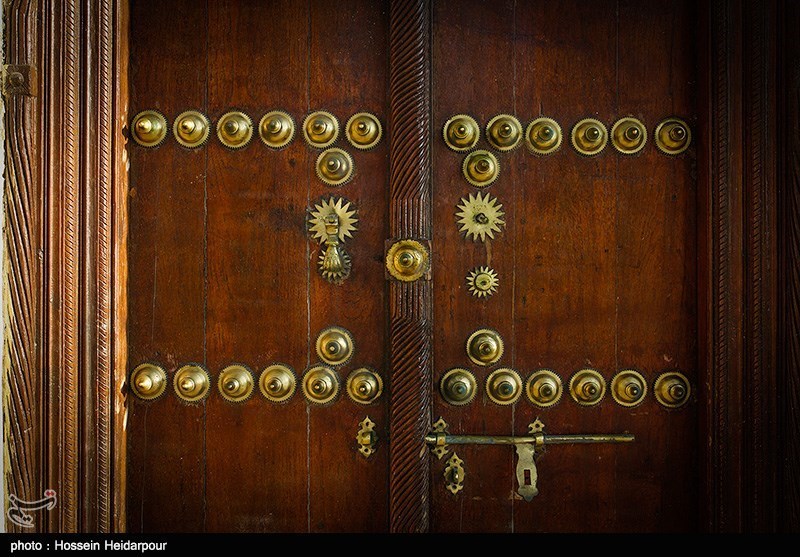
The building has a large room that is guessed to be the alcove or the greeting room. Today, all parts of the building belong to the museum. Once you enter the yard, you will see agricultural tools and a replica of a Lenj or traditional boat of the southern sea of Iran.
It has been registered as an intangible cultural heritage by UNESCO. In the first story, there are aerial maps of Tehran, a replica of the cultural and historical texture of the city known as Chahar Mahal, photos of natural attractions, water reservoir, the kitchen, Hanabandan room. The second story has rooms that exhibit old bazaar, traditional handicrafts, a typical living room of Bushehr, and traditional music and rituals of Bushehr.
In the corridor and balcony of the second story, there are examples of sea creatures of the Persian Gulf and sea-related handicrafts. They are mostly made from coral stones, chalk, ،Teak, and Sandalwoods. The columns in front of the building are made of Teak wood and have been covered by coconut tree leaves so that they would not decay by the humidity, and then by a layer of plaster. Taher Mansion has been registered as a national heritage of Iran in 1378 SH.
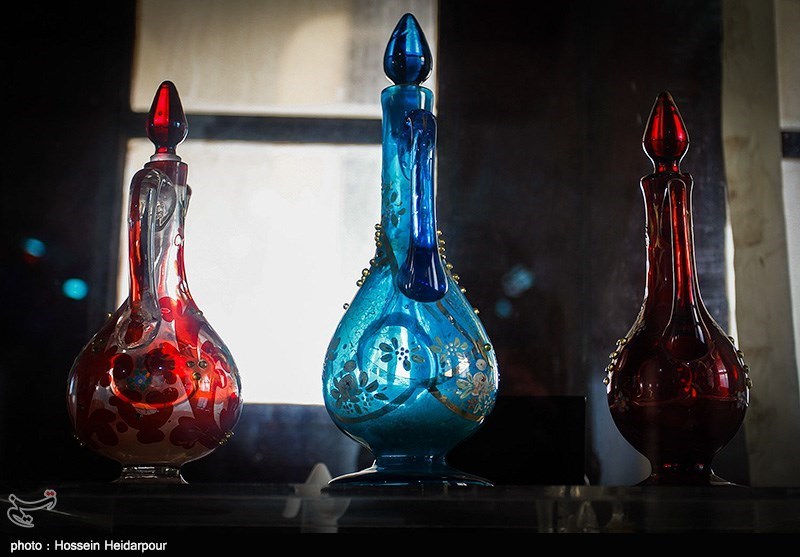
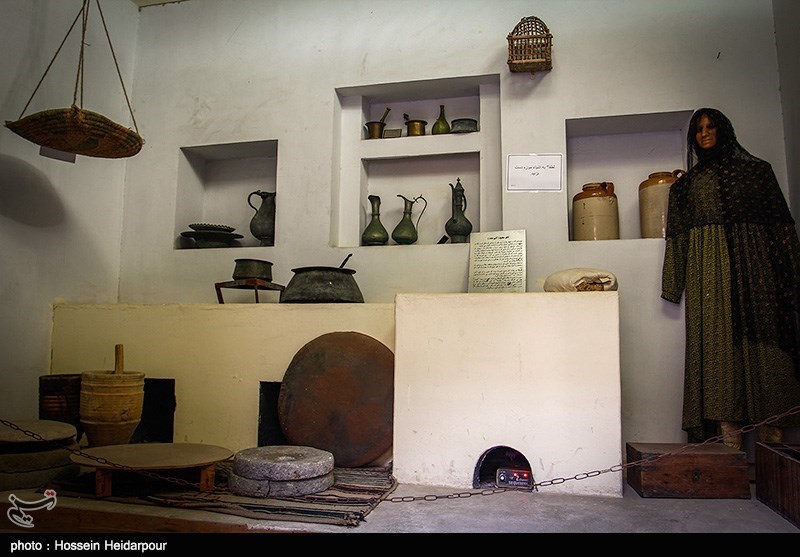
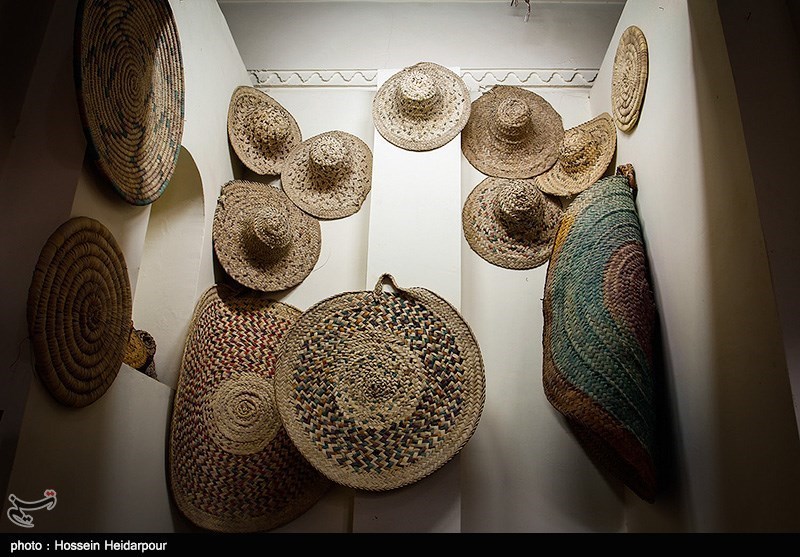
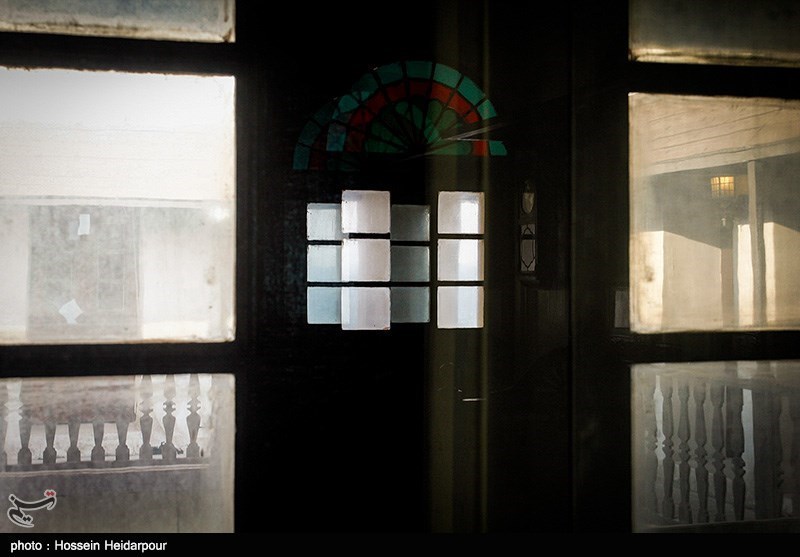

Source: Visitiran.ir
